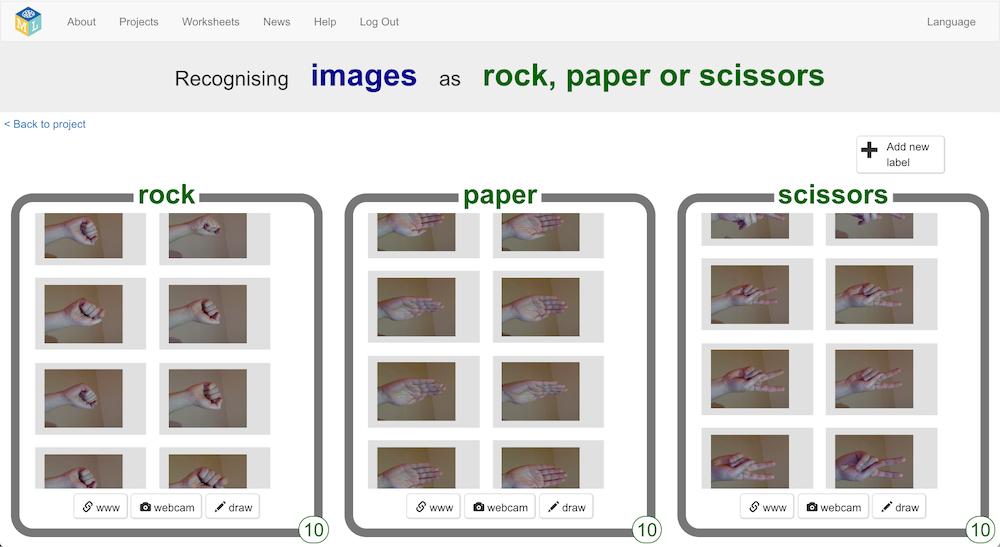This post was written for MachineLearningForKids.co.uk/stories: a series of stories I wrote to describe student experiences of artificial intelligence and machine learning, that I’ve seen from time I spend volunteering in schools and code clubs.
Machine learning models don’t just give an answer, they also typically return a score showing how confident the system is that it has correctly recognized the input.
Knowing how to use this confidence score is an important part of using machine learning.
An example of how a student used this in their project is shown in this video. Their Scratch script says that if the machine learning model has less than 50% confidence that it has correctly recognized a command, it replies “I’m sorry I don’t understand” (instead of taking an action).
The project was trained to understand commands to turn on a lamp or a fan. When they asked it to “Make me a cheese sandwich”, their assistant didn’t try to turn the lamp or fan on, it said “I don’t understand”
This command was unlike any of the example commands that had been used to train the model, causing the machine learning model to have a very low level of confidence that it had recognised the command. This was represented with a very low confidence score.
The challenge for the students making this project was knowing what confidence score threshold to use. Instead of telling them a good value to use, I let them try out different values and decide for themselves. By playing and experimenting with it, they get a feel for the impact that this threshold has on their project.

